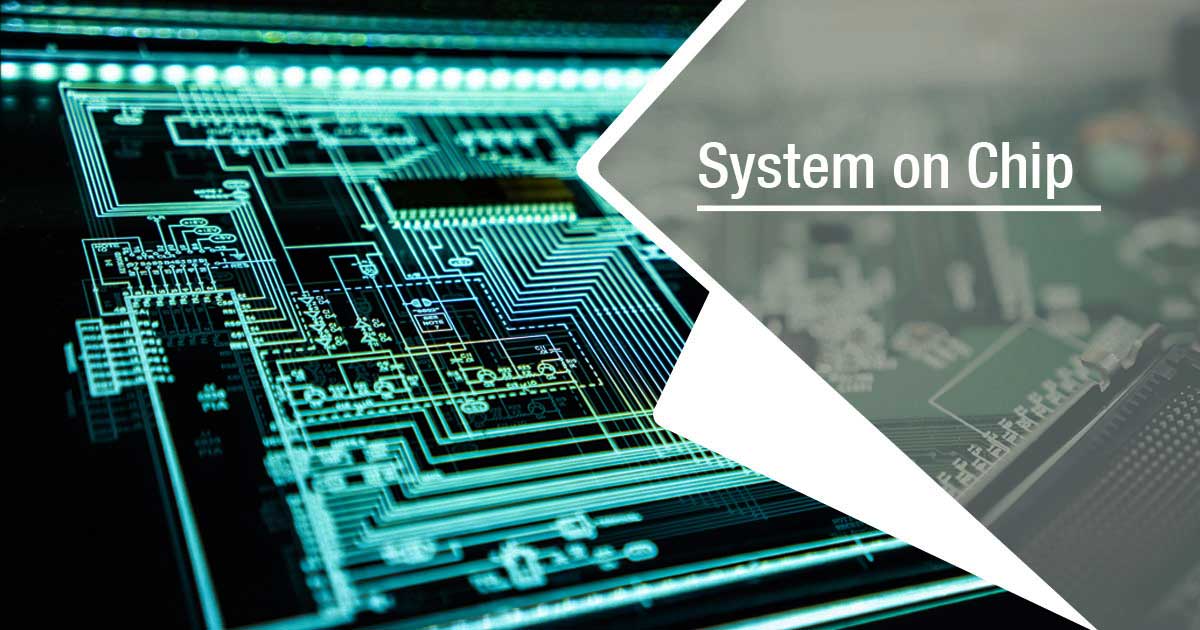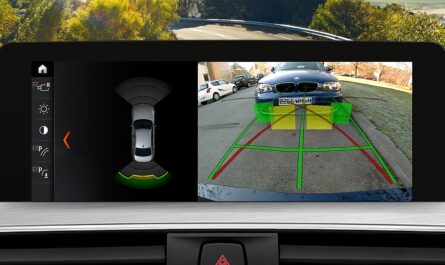Introduction
As electronics and computing technology continues to advance at a rapid pace, integrating more functionality into smaller substrates has become essential. One approach that has greatly facilitated this miniaturization is the system on a chip or SoC. A SoC integrates all the components of a computer or other electronic system into a single chip, containing digital, analog, mixed-signal, and often radio-frequency functions. SoCs are revolutionizing many industries by enabling the development of more compact devices with greater capabilities. This article explores the technology behind SoCs and examines their wide-ranging impact.
What is a System on a Chip?
A system on a chip is an integrated circuit that integrates all the components of an electronic system into a single substrate. Unlike a multi-chip module that interconnected but discrete components, an SoC incorporates digital, analog, mixed-signal, and RF functions all on a single die or chip. The key components included in an SoC may contain:
A microprocessor core – this is the computational and control unit of the system. Common microprocessor cores used in SoCs include ARM, MIPS, or Power Architecture cores.
Memory blocks – these are usually embedded DRAM for high-speed memory or embedded flash for program/code storage.
Timers, interrupts controllers, and direct memory access (DMA) channels.
Analog functions such as ADCs, DACs, filters, and amplifiers for interfacing with analog inputs/outputs.
Digital peripherals like UARTs, SPI, I2C and USB interfaces to communicate with external devices.
Wireless radios for WiFi, Bluetooth, GPS or cellular communication standards.
Power management units (PMUs) to control power usage of different components.
All these components are intricately designed into a single package using advanced semiconductor manufacturing techniques. This high level of integration enables development of more compact systems with lower power consumption.
Benefits of System on a Chip Technology
By integrating nearly all the System on a Chip (SoC) components of a system within a single die, SoCs deliver numerous advantages over discrete component designs:
Smaller form factor and reduced board-level real-estate – SoCs eliminate the need for separate ICs, reducing chip count and allowing for more compact device designs.
Lower system cost – Fewer chips mean lower component costs as well fixed manufacturing costs are amortized over more functionality. Assembly and test costs are also lower.
Lower power consumption – Integrating components at die-level results in shorter interconnects and lesser switching power as data transfer distances are shorter between blocks.
Increased performance – On-chip components operate at much faster speeds than off-chip components linked via board traces or cables. SoCs achieve near memory-processor speeds.
Higher reliability – Removing solder joints and contacts between discrete chips increases mean time between failure (MTBF) as there are fewer failure-prone interconnect points.
Greater design flexibility – Market needs can be addressed more quickly by reconfiguring on-chip hardware rather than designing new custom boards. Software updates add new capabilities.
Impact of SoCs Across Industries
The widespread adoption of SoC technology is substantially impacting industries that develop and manufacture electronic devices and systems:
Mobile Computing and Smartphones
Modern smartphones would not exist without SoCs. An SoC fully integrates all major subsystems including application processors, graphics processors, cellular modems, WiFi/Bluetooth radios, memory, and peripherals. This allows for continually smaller yet more powerful smartphones. Apple’s A-series, Qualcomm’s Snapdragon, and Samsung’s Exynos SoCs further mobile technology forward.
Automotive Electronics
Advanced driver-assistance systems, infotainment units, and autonomous driving capabilities increasingly rely on specialized automotive SoCs. Suppliers like NXP, Renesas, and Infineon focus on integrating sensors, processing, wireless connectivity, and security features tailored for automotive needs like extended temperature ranges and functional safety.
Internet of Things (IoT)
The huge proliferation of IoT and embedded devices demand ultra-low power consumption. IoT SoCs integrate wireless communication, MCU cores, and memory enabling extremely compact single-board solutions for applications like smart home appliances, asset tracking, industrial sensors, and smart city infrastructure. Key SoC providers include NXP, Cypress, and Ambiq Micro.
Consumer Electronics
SoCs drive innovation across diverse consumer products like TVs, cameras, appliances, gaming consoles and more. They allow for seamless integration between hardware and software, personalized experiences, and over-the-air firmware updates. Major players like Mediatek, Samsung, AMD, and Nvidia supply highly customized SoCs.
Future of SoCs
The SoC concept will continue to gain more traction in upcoming years as technology scaling allows for ever greater functional integration while consumer demand drives more performance within minimal footprints. Multi-chip modules may return as cost-effective intermediate solutions. 3D packaging techniques will integrate separate die into more capable 3D chip stacks. Meanwhile specialization towards vertical markets will remain important for customized feature sets tailored to diverse applications. Overall, the SoC revolution will keep empowering new classes of intelligent, connected devices across every industry.
*Note:
1. Source: Coherent Market Insights, Public sources, Desk research
2. We have leveraged AI tools to mine information and compile it




